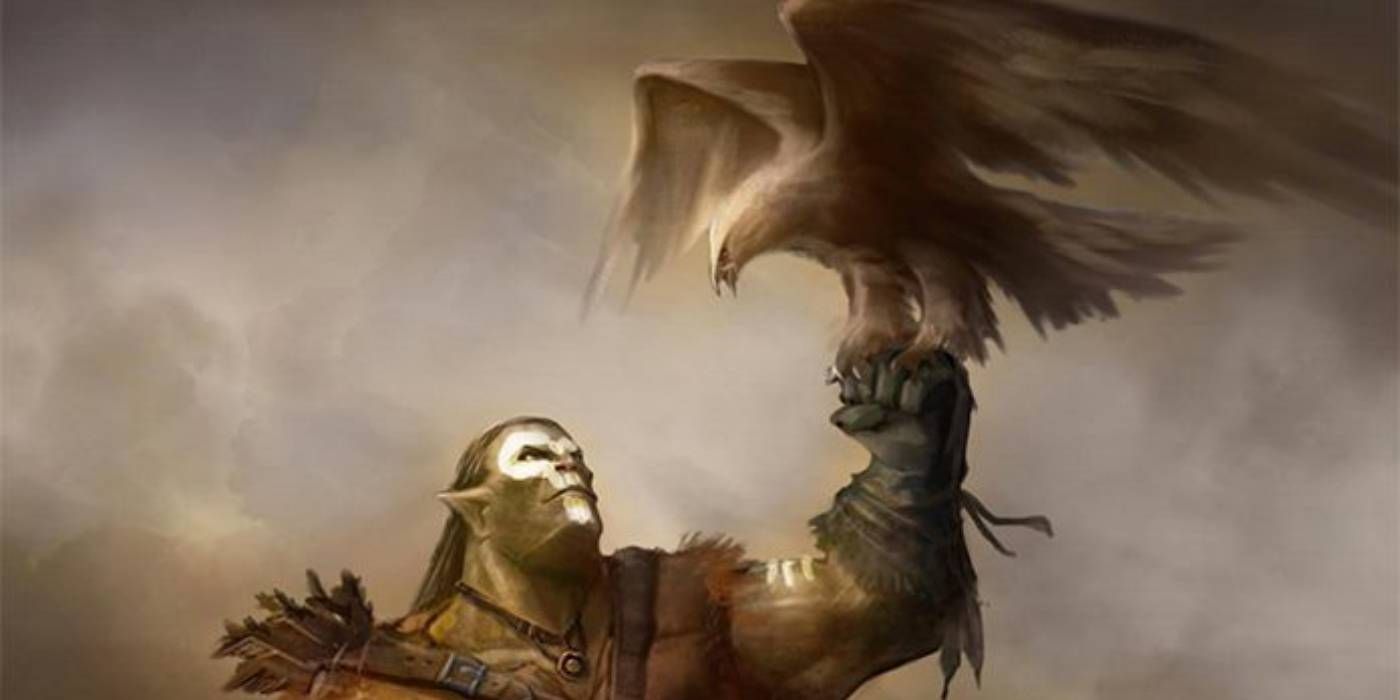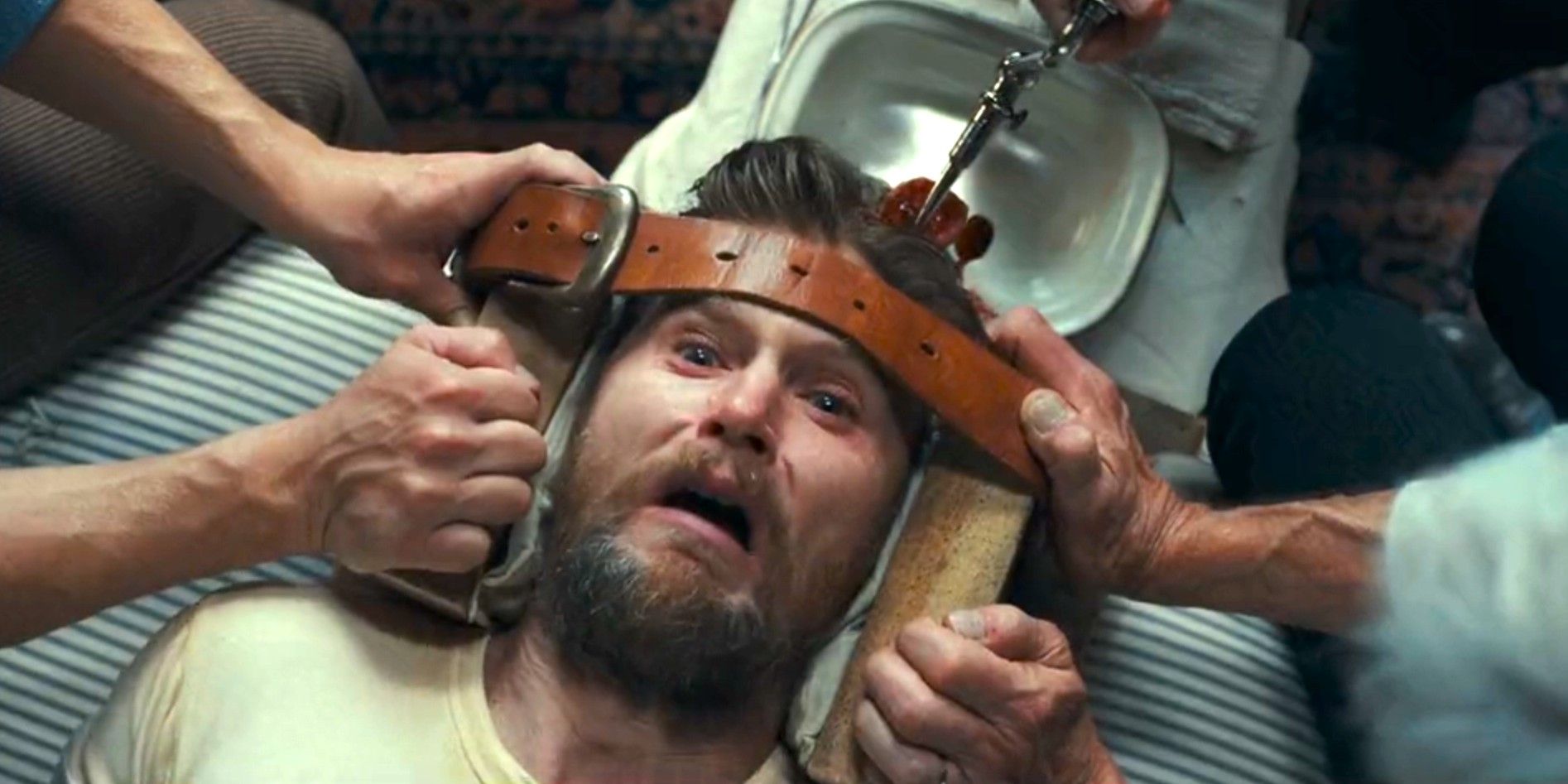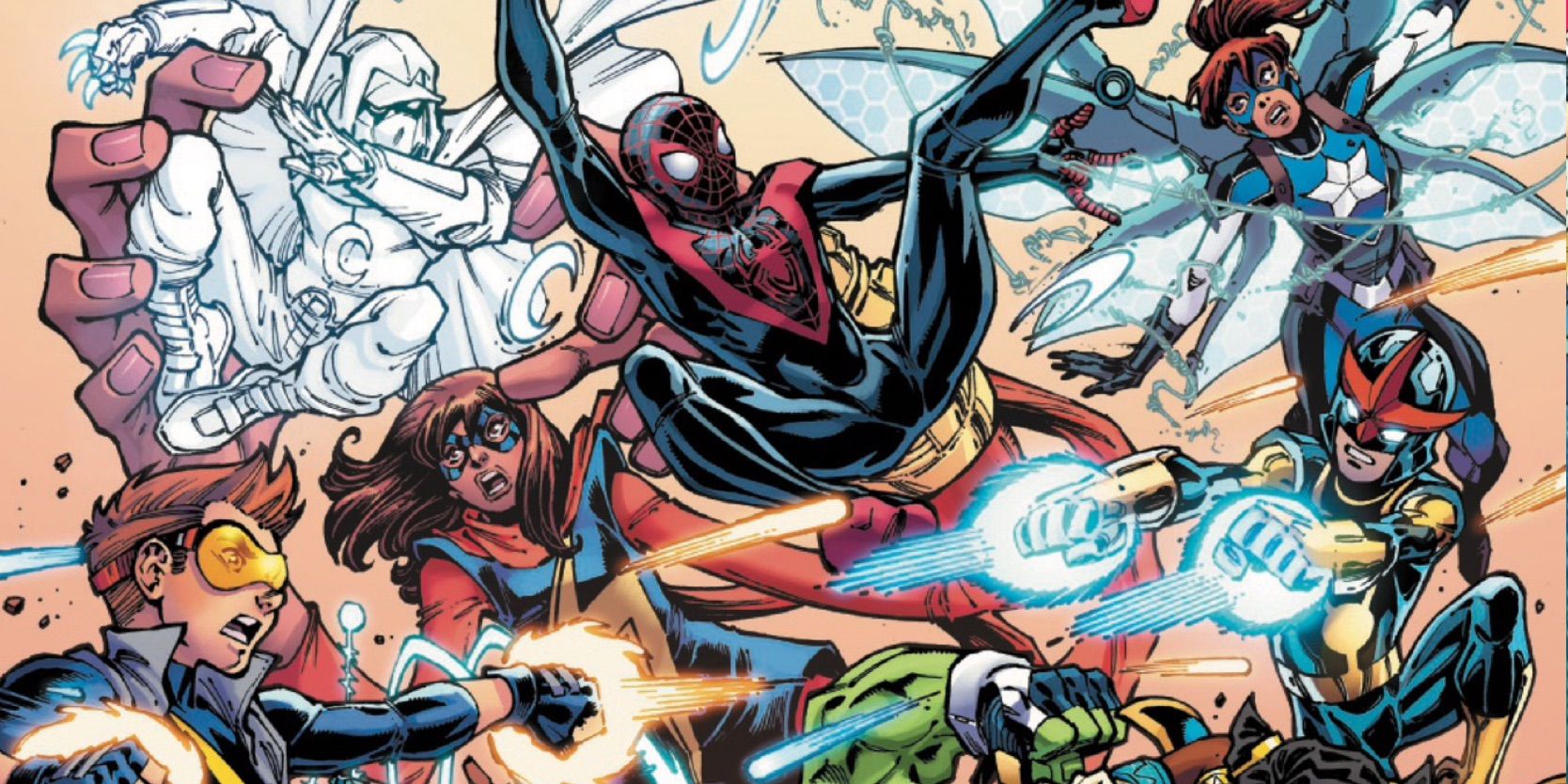D&D's Controversial Orc Changes Explained
Orcs have long been seen as one-note villains in a lot of fantasy media, but Dungeons & Dragons’ latest revision is attempting to change this long-standing trope. As any fantasy fan knows, the genre can suffer from a (somewhat ironic) lack of creativity at times. Even today, many fantasy creators cling tightly to genre conventions established by the likes of J.R.R. Tolkien, which makes any changes, like DnD’s new orcs, feel threatening or unprecedented to some.
That said, DnD is far from the first fantasy property to challenge genre conventions surrounding a traditionally villainous race. Terry Pratchett's Discworld novel, Snuff, for instance, challenges readers to reconsider the mistreatment of goblins. With the growing popularity of Dungeons & Dragons in the last decade, it’s understandable that Wizards of the Coast would want to modernize some of the game’s elements, like the way orcs are depicted.
How D&D 2024 Is Changing Orcs
D&D’s New Orcs Are Not All Villains
Close
Dungeons & Dragons’ new 2024 manuals have presented orcs less like the traditional one-dimensional villains of traditional fantasy, and more like a fully-realized race of sentient beings. The 2024 Player’s Handbook, for instance, has depictions of orc families and re-frames their strength as a means to help them keep themselves safe while traveling. This stands in stark contrast to the traditional warmongering orcs, whose physical strength was more of an indication of their aggressive behavior.
This change comes in tandem with Dungeons & Dragons’ reworking of its fantasy races for the new revision. Races, now called species, have been de-emphasized in character creation. Players now select their species after their class and background. This change helps hammer home the notion that a character’s past and personality are more important than what species they belong to. This allows players to play as an orc without it having any effect on their character’s morality or ability to interact positively with other party members.
Why Orc Changes Are Dividing Fans
Some Players Are Uncomfortable About The Reasons Behind The Change
DnD’s orc changes are best understood within the context of the wider fantasy genre. In recent years, fantasy properties have been undergoing a bit of a reckoning with their past handling of fantasy races, and how it can play into harmful real-world ideas of racial essentialism (or the idea that a certain race has biologically linked traits such as intelligence, talent, etc.). Wizards of the Coast has therefore been trying to scrub some of these potentially problematic elements from Dungeons & Dragons and its other major fantasy property, Magic: The Gathering.
Like any progress that clashes with tradition, this change has not been universally accepted among players. Some players balk at the notion that the game could have any negative attitudes towards specific real-life races because they don’t apply the same logic to fantasy races as they do to real people. A subsection of players also expresses a desire for games to remain “apolitical.” However, it could be argued that fighting to retain potentially problematic game elements is not as apathetic of a position as the label “apolitical” would suggest.
The issue is therefore a bit more nuanced than players being for or against the changes. A lot of complicated feelings are wrapped up in this discussion other than simply how one chooses to play Dungeons & Dragons. Even if a player has a strong opinion for or against the changes, it’s worth acknowledging that there are both pros and cons to this decision.
Pros & Cons Of D&D 2024's Orcs
D&D’s New Orcs Are Mostly A Good Thing
There is a wide range of people who play DnD for different reasons. While some players are more interested in the game’s lore, or in roleplaying and creating narratives, others prefer the more gamified elements like combat. To players who view monsters more as a skin thrown over a stat block, orcs are an easy, low-level filler enemy to populate a dungeon with. These players may therefore be a bit frustrated that they are suddenly being forced to consider the humanity of their favorite fantasy cannon fodder.
As argued in an article from Wargamer, this change may also be somewhat ineffective. The writer argues that players will still need to fill the role of “justifiable punching bag” with some creature, so some other fantasy race will just be slotted in for orcs. While this could be framed as a con of the change, it may also indicate one potential positive outcome of making orcs more three-dimensional.
From a storytelling aspect, forcing players to more deeply consider the lives and motivations of their campaign's antagonists forces DMs to more consciously craft stories. Instead of simply throwing a handful of orcs or goblins into a cave and calling it a day, this new change forces players to find a compelling reason why a confrontation with this specific group of orcs might require violent methods. Alternatively, it opens the door for more creative problem-solving methods that don’t just involve killing every room full of potentially hostile NPCs the party comes across.
Because of the nature of how DnD works, how much this change affects one’s campaign varies wildly. Some players were already treating orcs as more complex beings before this change was made more official with the new DnD manuals because they were put off by the idea of condemning an entire fantasy race. Those players who don’t like these changes can simply ignore them. Dungeons & Dragons allows the flexibility to shape the world as players see fit. All this change does is try to make the game a bit more inclusive, and there’s nothing wrong with that.
Source: Wargamer











COMMENTS